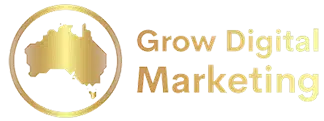There has been an influx of terms that have recently entered mainstream consciousness due to the prevalence of social marketing. One that you may have heard a lot recently is “click bait.” Even if you do not know what it means, you’re already a constant target of it and may have already fallen victim – several times.
Click bait is what it sounds like. It is a headline that exists for the sole purpose of “baiting” individuals to click on it and generate traffic to a website. This may sound like the purpose of all internet headlines, but click bait is different in that they are misleading. Usually, the title of the headline is designed to gain attention while making false promises about the content to which it directs users.
How to Spot Click Bait
In the case of most click baiting, this is done with provocative, attention-grabbing language. It may be something extremely negative or even offensive that jars an individual and piques his or her curiosity. Studies have shown that people are more likely to click on negative headlines than positive ones, so click baiters use this knowledge to their advantage.
The headline is designed to provoke an emotion in the viewer, even if that emotion is fury. The content to which you are then directed to could turn out to be of an entirely positive nature, but the click bait has already done its job of getting you there.
Some things to watch out for include:
- Headlines with sexual innuendo such as “See What These Girls Missed in Their Selfies.”
- Headlines that use hyperbolic language such as “life-changing” or “shocking.”
- Headlines that make obviously false promises or are clearly designed to be provocative.
Although it does not always signify click bait, many of these headlines will include numerals. Because numbered lists are always easier to read, creators of click bait headlines often use them to draw more traffic.
Why Use Click Bait?
This type of marketing is generally used by websites that are not very concerned with user’s opinions, as long as it gets them the traffic statistics they require. This is why clicking on these type of headlines often leads to sites that are covered with numerous ads. The traffic generates the ads, which generate the revenue.
Although it can be effective for generating a quick pop-up buck, this is not the type of marketing you want if you care about the reputation of your site. It might get people once or twice, but this kind of blind marketing breeds mistrust and will eventually have longer-lasting negative results.
For more advice on the best marketing strategy to build your business, brand and bottom line, give us a call at Grow Digital Marketing! Our team of experts are here to help.
